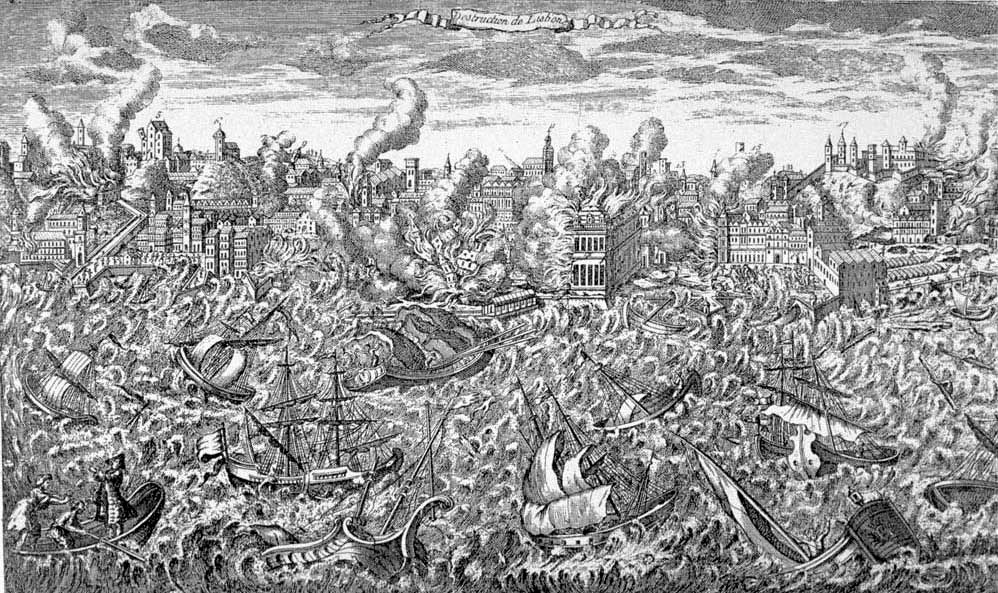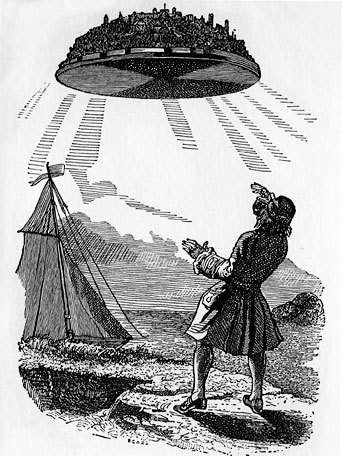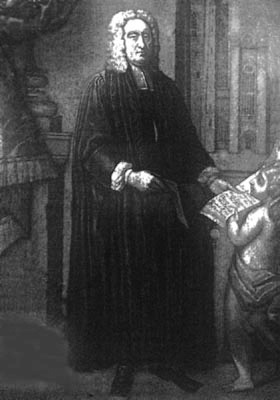|
Moidore
A moidore or moydore was historically a gold coin of Portuguese origin. While the coin shows a face value of 4,000 ''réis'', its real value was 20% higher or 4,800 ''réis'' from 1688 to 1800. On its obverse is the face value and the Portuguese coat of arms, and on its reverse is the Order of Christ Cross. Moidores were minted from 1677 to as late as 1910, mainly in the Kingdom of Portugal and in Portuguese colonies like Brazil and Mozambique. Gold coins were also issued in fractions or multiples of moidores, ranging from one-tenth of a moidore to five moidores. The ''real'' (meaning "royal", plural: ''réis'' or rchaic''reais'') was the currency unit of Portugal from around 1430 until 1911, when the First Portuguese Republic introduced the ''escudo'' following the 1910 Republican Revolution. Since the Portuguese empire (1415–1999) spread throughout a vast number of territories that are now part of 53 different sovereign states, moidores served as currency not on ... [...More Info...] [...Related Items...] OR: [Wikipedia] [Google] [Baidu] |
Portuguese Real
The ''real'' (, meaning "royal", plural: ''réis'' or rchaic''reais'') was the unit of currency of Portugal and the Portuguese Empire from around 1430 until 1911. It replaced the '' dinheiro'' at the rate of 1 real = libras = 70 soldos = 840 dinheiros and was itself replaced by the '' escudo'' (as a result of the Republican revolution of 1910) at a rate of 1 escudo = 1000 réis. The ''escudo'' was further replaced by the euro at a rate of 1 euro = 200.482 ''escudos'' in 2002. History The first ''real'' was introduced by King Fernando I around 1380.Numária nacional Tesouros Numismáticos Portugueses It was a silver coin and had a value of 120 '' dinheiros'' (10 ''soldos'' or ''libra''). In the ... [...More Info...] [...Related Items...] OR: [Wikipedia] [Google] [Baidu] |
Pound Sterling
Sterling (symbol: £; currency code: GBP) is the currency of the United Kingdom and nine of its associated territories. The pound is the main unit of sterling, and the word '' pound'' is also used to refer to the British currency generally, often qualified in international contexts as the British pound or the pound sterling. Sterling is the world's oldest currency in continuous use since its inception. In 2022, it was the fourth-most-traded currency in the foreign exchange market, after the United States dollar, the euro, and the Japanese yen. Together with those three currencies and the renminbi, it forms the basket of currencies that calculate the value of IMF special drawing rights. As of late 2022, sterling is also the fourth most-held reserve currency in global reserves. The Bank of England is the central bank for sterling, issuing its own banknotes and regulating issuance of banknotes by private banks in Scotland and Northern Ireland. Sterling banknotes issu ... [...More Info...] [...Related Items...] OR: [Wikipedia] [Google] [Baidu] |
Essays Of Elia
''Essays of Elia'' is a collection of essays written by Charles Lamb; it was first published in book form in 1823, with a second volume, ''Last Essays of Elia'', issued in 1833 by the publisher Edward Moxon. The essays in the collection first began appearing in ''The London Magazine'' in 1820 and continued to 1825. Lamb's essays were very popular and were printed in many subsequent editions throughout the nineteenth century. The personal and conversational tone of the essays has charmed many readers; the essays "established Lamb in the title he now holds, that of the most delightful of English essayists." Lamb himself is the Elia of the collection, and his sister Mary is "Cousin Bridget." Charles first used the pseudonym Elia for an essay on the South Sea House, where he had worked decades earlier; Elia was the last name of an Italian man who worked there at the same time as Charles, and after that essay the name stuck. American editions of both the ''Essays'' and the ''Las ... [...More Info...] [...Related Items...] OR: [Wikipedia] [Google] [Baidu] |
Charles Lamb
Charles Lamb (10 February 1775 – 27 December 1834) was an English essayist, poet, and antiquarian, best known for his '' Essays of Elia'' and for the children's book '' Tales from Shakespeare'', co-authored with his sister, Mary Lamb (1764–1847). Friends with such literary luminaries as Samuel Taylor Coleridge, Robert Southey, William Wordsworth, Dorothy Wordsworth and William Hazlitt, Lamb was at the centre of a major literary circle in England. He has been referred to by E. V. Lucas, his principal biographer, as "the most lovable figure in English literature". Youth and schooling Lamb (née Field) was born in London, the son of John Lamb (–1799) and Elizabeth (died 1796), . Lamb had an elder brother, also John, and sister, Mary; four other siblings did not survive infancy. John Lamb (Lamb's father) was a lawyer's clerk and spent most of his professional life as the assistant to barrister Samuel Salt, who lived in the Inner Temple in the legal district of London; ... [...More Info...] [...Related Items...] OR: [Wikipedia] [Google] [Baidu] |
Candide
( , ) is a French satire written by Voltaire, a philosopher of the Age of Enlightenment, first published in 1759. The novella has been widely translated, with English versions titled ''Candide: or, All for the Best'' (1759); ''Candide: or, The Optimist'' (1762); and ''Candide: Optimism'' (1947). A young man, Candide, lives a sheltered life in an Garden of Eden, Edenic paradise, being indoctrinated with Gottfried Leibniz#Theodicy and optimism, Leibnizian optimism by his mentor, Professor Pangloss. This lifestyle is abruptly ended, followed by Candide's slow and painful disillusionment as he witnesses and experiences great hardships in the world. Voltaire concludes ''Candide'' with, if not rejecting Leibnizian optimism outright, advocating a deeply practical precept, "we must cultivate our garden", in lieu of the Leibnizian mantra of Pangloss, "all is for the best" in the "best of all possible worlds". ''Candide'' is characterized by its tone as well as its erratic, fantastical, ... [...More Info...] [...Related Items...] OR: [Wikipedia] [Google] [Baidu] |
Voltaire
François-Marie Arouet (; 21 November 169430 May 1778), known by his ''Pen name, nom de plume'' Voltaire (, ; ), was a French Age of Enlightenment, Enlightenment writer, philosopher (''philosophe''), satirist, and historian. Famous for his wit and his criticism of Christianity (especially Criticism of the Catholic Church, of the Roman Catholic Church) and of slavery, Voltaire was an advocate of freedom of speech, freedom of religion, and separation of church and state. Voltaire was a versatile and prolific writer, producing works in almost every literary form, including Stageplay, plays, poems, novels, essays, histories, and even scientific Exposition (narrative), expositions. He wrote more than 20,000 letters and 2,000 books and pamphlets. Voltaire was one of the first authors to become renowned and commercially successful internationally. He was an outspoken advocate of civil liberties and was at constant risk from the strict censorship laws of the Catholic French monarchy. H ... [...More Info...] [...Related Items...] OR: [Wikipedia] [Google] [Baidu] |
Brobdingnag
Brobdingnag is a fictional land that is occupied by giants, in Jonathan Swift's 1726 satirical novel ''Gulliver's Travels.'' The story's main character, Lemuel Gulliver, visits the land after the ship on which he is travelling is blown off course. As a result, he becomes separated from a party exploring the unknown land. In the second preface to the book, in 1727, Gulliver laments that the publisher misspelled the land's name, which Gulliver asserts is actually called Brobdingrag. The adjective ''Brobdingnagian'' has come to describe anything of colossal size. Location Brobdingnag is placed by Swift into the real world, he describes its location and geography in Part II of ''Gullivers Travels'' and provides a map showing where it is. However, the accounts are somewhat contradictory. The map printed at the beginning of Part II indicates that Brobdingnag is located on the northwest coast of North America, in probably what is now British Columbia. The map shows (from south to nor ... [...More Info...] [...Related Items...] OR: [Wikipedia] [Google] [Baidu] |
Lemuel Gulliver
Lemuel Gulliver () is the fictional protagonist and narrator of ''Gulliver's Travels'', a novel written by Jonathan Swift, first published in 1726. In ''Gulliver's Travels'' According to Swift's novel, Gulliver was born in Nottinghamshire c. 1661, where his father had a small estate; the Gulliver family is said to have originated in Oxfordshire, however. He supposedly studied for three years (c. 1675–1678) at Emmanuel College, Cambridge, leaving to become an apprentice to an eminent London surgeon; after four years (c. 1678–1682), he left to study at the University of Leiden, a prominent Dutch university and medical school. He also educated himself in navigation and mathematics, leaving the university around 1685. Prior to the voyages whose adventures are recounted in the novel, he is described as having travelled less remarkably to the Levant (c. 1685–1688) and later to the East Indies and West Indies (c. 1690–1696). In Brobdingnag, he compares a loud sound to the ... [...More Info...] [...Related Items...] OR: [Wikipedia] [Google] [Baidu] |
Gulliver's Travels
''Gulliver's Travels'', originally titled ''Travels into Several Remote Nations of the World. In Four Parts. By Lemuel Gulliver, First a Surgeon, and then a Captain of Several Ships'', is a 1726 prose satire by the Anglo-Irish writer and clergyman Jonathan Swift, satirising human nature and the imaginary "Imaginary voyage, travellers' tales" literary subgenre. It is Swift's best-known full-length work, one of the most famous classics of English literature, and popularised the fictional island of Lilliput and Blefuscu, Lilliput. The English poet and dramatist John Gay remarked, "It is universally read, from the cabinet council to the nursery." The book has been adapted for over a dozen films, movies, plays, and theatrical performances over the centuries. The book was an immediate success, and Swift claimed that he wrote ''Gulliver's Travels'' "to vex the world rather than divert it". Plot Part I: A Voyage to Lilliput The travel begins with a short preamble in which Lemuel Gu ... [...More Info...] [...Related Items...] OR: [Wikipedia] [Google] [Baidu] |
Jonathan Swift
Jonathan Swift (30 November 1667 – 19 October 1745) was an Anglo-Irish writer, essayist, satirist, and Anglican cleric. In 1713, he became the Dean (Christianity), dean of St Patrick's Cathedral, Dublin, and was given the sobriquet "Dean Swift". His trademark deadpan and ironic style of writing, particularly in works such as ''A Modest Proposal'' (1729), has led to such satire being subsequently termed as "Swiftian". He wrote the satirical book ''Gulliver's Travels'' (1726), which became his best-known publication and popularised the fictional island of Lilliput and Blefuscu, Lilliput. Following the remarkable success of his works, Swift came to be regarded by many as the greatest satirist of the Georgian era, and one of the foremost prose satirists in the history of English literature. Swift also authored works such as ''A Tale of a Tub'' (1704) and ''An Argument Against Abolishing Christianity'' (1712). He originally published all of his works under pseudonyms—including L ... [...More Info...] [...Related Items...] OR: [Wikipedia] [Google] [Baidu] |







